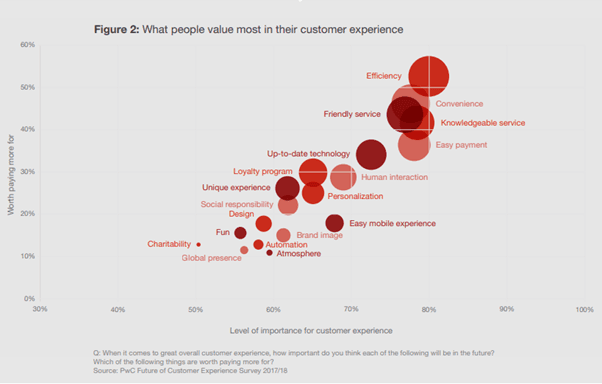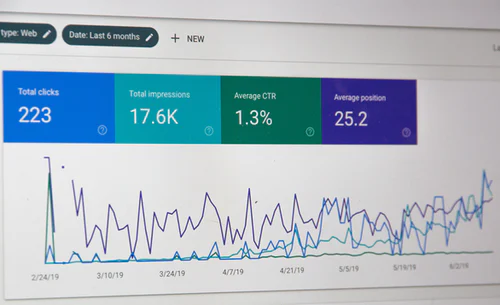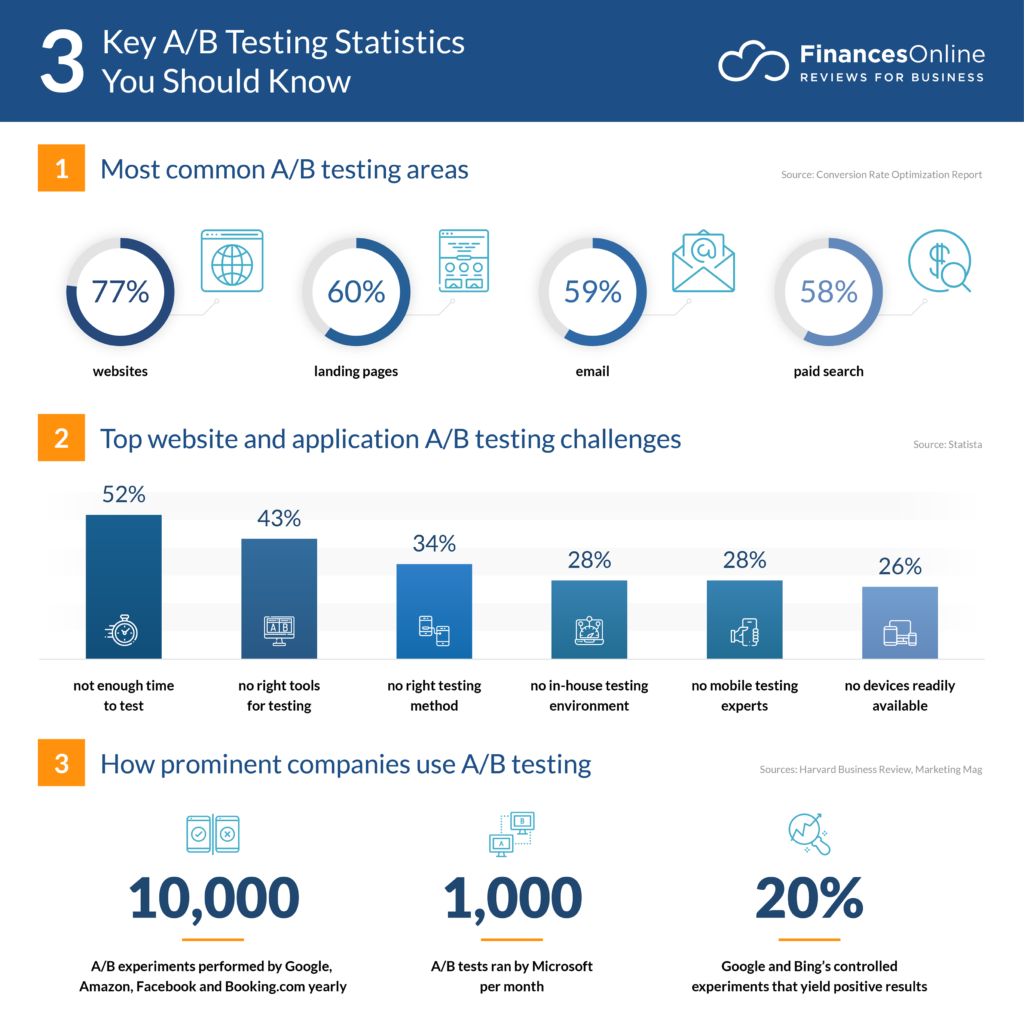What is the point of a product or service?
To benefit the people who use it! A successful product or service will focus on user experience as a metric of success. A big part of this is to look at interactive design.
Interactive design is the relationship between the digital product and the consumer. In a competitive market, it’s crucial that consumers get the best possible interaction with the product, and that they feel listened to when things go wrong.
This is why interactive design improves user experience. No one is going to use a product or service that they aren’t able to navigate. What you need to understand is the how – how can you use the principles of interactive design to improve user experience?
1. What Do Your Users Need?
The very first question to ask when it comes to adopting interaction design principles is this: What do your consumers need from your product? What problem of theirs is it trying to solve? It’s fine if your website or product looks great. But if it doesn’t solve your users’ problems, then they will have a poor user experience.
A great example of this is Voice over Internet Protocol (VoIP). It allows calls via internet connection and is the technology behind Skype, amongst other solutions. VoIP reduces costs to companies and provides a smoother workflow than regular telecommunication systems.
You need only look at VoIP trends to see that it’s being adopted by the business sector. It solves a problem, with the added benefit of being lower cost. It provides a positive user experience.
Be very specific with this. You need to know exactly what your users need. Continuing with the VoIP example, this technology doesn’t solve the vague problem of poor telephone connection. It’s a solution for businesses needing swift and reliable communication between large teams.

2. What Do Your Users Want?
In other words, who are your customers? By building an idea of who your customer is and how they think, you can improve their experience of interacting with your product or service.
There are a few ways that you can do this. The most commonly used is by building an ideal customer profile. This imagines what your target customer looks like, from gender, age, and location. You can even discover specifics like niche interests, reason for purchase, and any specific frustrations that your product will solve.
A simple and efficient way of doing this is by using Google Analytics with your existing website. Nearly 7000 of the top 10000 sites on the web use Google Analytics. It’s clearly a valuable tool when used correctly.
Google Analytics tips are common across the web. However, to focus on user experience, you’ll need to use a couple of specific features.
Bounce Rate
How many people have visited your page without performing an action? The bounce rate metric will tell you!
If a high percentage of users are coming to your page without acting, then you will need to consider why. Have you got a clear CTA on each landing page and homepage? Is your site visually appealing to your demographic? Is it clear what your site actually does?
Asking yourself these questions will help you to understand why users feel unable or unwilling to stay on your site.
Session Duration
This metric will differ depending on what kind of site you are running. If, for example, you run an ecommerce site, then you will need to know how long it takes to go through your sales process.
If customers frequently leave the site before completing a sale, then you may need to examine any problems in your purchase page. Use this metric in conjunction with sales data for a full picture.
If users are leaving within a very short time, then there may be an issue with your homepage or landing pages from external sources. Knowing which pages of your website are not working for your users will help you to focus resources on improving these pages.
For example, imagine that you run a popular blog on famous women in technology. You notice that the majority of your traffic comes from young people of all genders on mobile devices in the evening. Chances are that your site is being used for homework projects.
Say that you also notice that users spend only around one minute on your blog. If an average post takes five minutes to read, your content is likely not optimized for use by your main audience.
You now have an idea of who makes up your audience. Now consider how you might optimize your site to best suit your audience’s needs.

3. What Happens When Things Go Wrong?
One of the most frustrating things as a consumer is when a technical product fails to work as expected. A smooth product experience is vital to retaining customers, but things go wrong. By considering interactive design at every stage, you can better understand how to resolve user issues quickly and effectively, and thus, you will improve user experience when they need it.
Of course, the best way to avoid user issues is to detect them before they arise. Testing your product for faults will minimize problems arising and help you to fix them quickly.
This doesn’t have to take up hours of valuable labor. It’s always good to conduct a user experience audit as part of your interactive design strategy. Automation testing is a great way to identify potential problems and repair them as you go along.
It can be done using pre-written instructions by software that is designed to avoid human error. This can help to avoid potential user issues before the product is even launched.
For interactive design purposes, unit testing(the testing of each component separately before testing the finished product) is useful. Code analysis, which can be used to test a wide variety of potential issues, should be used in conjunction with this.

If things do go wrong on a wide scale after launch, there are still ways to resolve this. Looking into potential business continuity solutions will be beneficial in the case of a system failure. They are designed to prevent loss of data within a system.
This is obviously a good thing from a customer perspective. Keeping your product working even in the event of a system problem will build up confidence in your brand and improve user experience.
4. How Familiar Are Your Users With Your Product?
Always remember that your users have not spent weeks and months developing your product or service. They will not understand it in the way that you do. They may not understand technical jargon.
Impenetrable language can put off even the most ‘ideal’ customer. By explaining how your product will benefit them and how to use it in the simplest terms, you will create trust between your brand. This improves customer loyalty and user experience.
One of the best ways to discover what language works best for your customers is through AB testing. AB testing examples might include an email marketing campaign in which you send your mailing list subscribers a description of the features of your new product.
You might send audience A the description as a paragraph, while audience B receives the same text in bullet points. Chances are, the bullet-pointed list will receive more click-throughs and a higher open rate than the paragraph.
Using the results from this test, you can understand what your users are looking for in terms of jargon level and ease of interpretation. This should be reflected in any copy that your audience sees, including call-to-action (CTA) buttons and information about your business.

5. Do You Understand Your Product?
In other words, know how your customers see and use your product.
Having members of your team testing your product or service as a user will help you to identify any user issues that may have been missed by automatic tests or user surveying.
Make sure to include members of your team who fit into your ideal customer profile. Maybe they encounter the same problem in their lives, or they have a specific need that your product meets in an indirect way.
For example, say you are running a webinar on how to scale-up your business after the pandemic. You might be debating whether to use closed captioning vs live captioning in order to make the event accessible. Asking colleagues who regularly use these features will help you to make your webinar more user-friendly, improving the experience of everyone involved.
Transforming User Experience
Quality interactive design can revolutionize user experience. A positive user experience is key to surviving and growing as a business. It will also make problem-solving easier for your company and contribute to your reputation as an industry leader.



